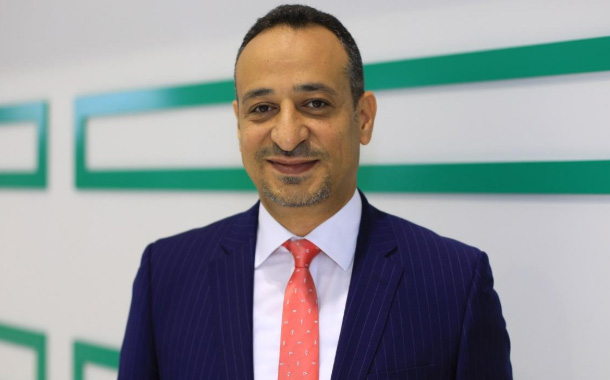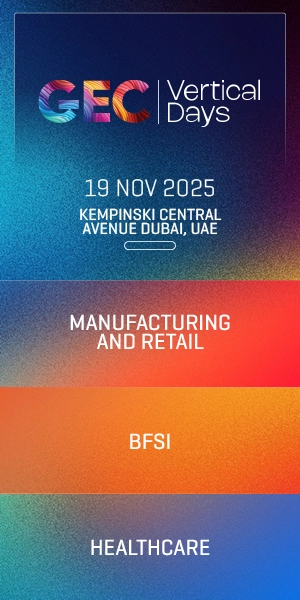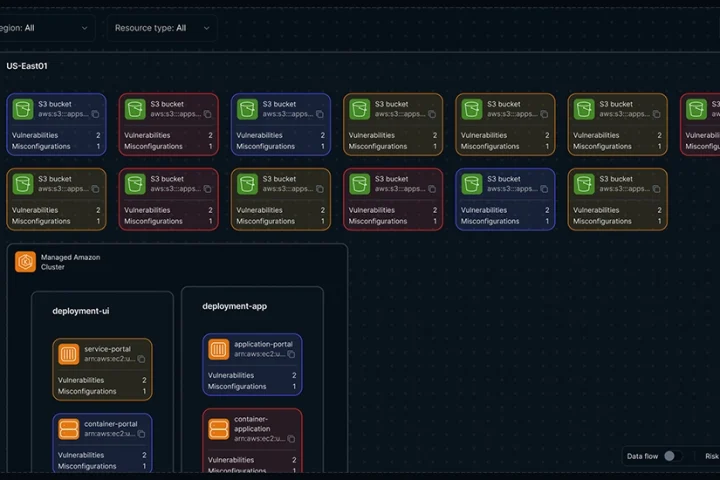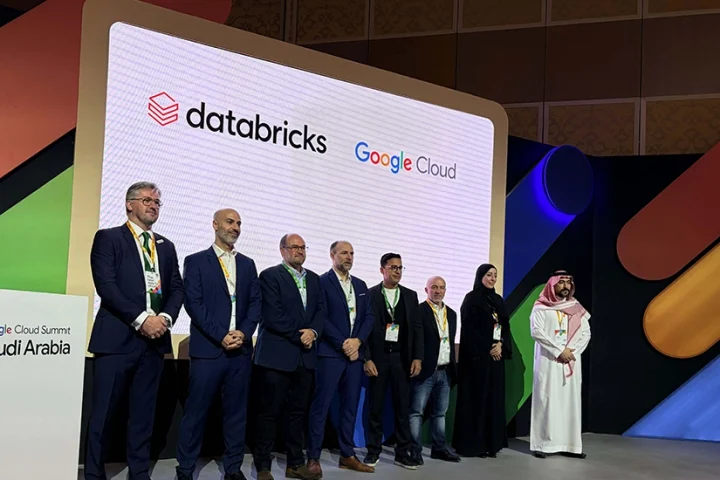There is a lot of discussions and demos of smart city technologies today that are enhancing the connectivity of everyday services. At the same time there are so many barriers to creating a truly smart city.
What we are currently witnessing is disparate connected services; a patch of Wi-Fi coverage here, some contactless pay pads there. Until we can provide some more consistency in the connectivity we are providing across the city, two things will continue to happen:
- The ‘connected experience’ for people living in cities will fall short
- There will be a huge and ongoing security risk surrounding connected city equipment
To build the smart city that people really want, with the ability to access services anytime, anywhere, it requires a huge connectivity effort with in-built security. And this job is beyond the capability of a single vendor.
Balancing experience with risk
Just consider what it means to provide wireless access to a city of a million residents, for example. It’s thousands of wireless access points, across indoor and outdoor environments. If you then want to offer a bike hire service, then you have thousands more IoT sensors, different types of hardware, that need to be connected too.
All of this has to be managed carefully, because the more connected devices there are, the more entry points there are for an attacker. In fact, after surveying local governments in the US last year, Aruba found 86% of those who have adopted IoT in their city have already experienced an associated security breach.
Increasingly, cities require a network environment that can segment each individual person and device that is trying to connect. In doing so, the IT team can prioritise connectivity to specific services as they are needed, and isolate incoming threats as soon as they are detected.
The need for open architectures
To overcome existing barriers to the ‘smart city,’ we need to be able to take a broader view of what´s being connected across a huge city network. This act of integration can only be achieved with a multi-vendor approach.
Imagine wanting to add traffic information services in your city, but your existing hardware isn’t compatible with the software that you need. Does the IT team have to rip and replace their equipment, or scrap the new service? In the same survey we carried out last year, we found that 49% of cities are struggling with just that – integrating older technology with new.
To create lasting smart city experiences we need an open infrastructure that is built on open industry standards, open APIs, open source coding and is available to an open network of partners. Moreover, it should interoperate with other applications now and in the future.
An example of how this collaborative approach works in action can be seen at Cambridge University. Its use of Aruba infrastructure helped it to create a public access network, used by local councils, service providers, students, researchers and members of the public for everything from library reservations to travel updates.
Thousands of citizens use the network across the entire city, and many different IT systems are in use. But users of the network are not affected, because wherever they are in the city, indoors and outdoors, their ability to connect is uninterrupted, and their login credentials do not change. The people of Cambridge are able to get from A to B more quickly, and ultimately that´s what the smart city is all about.
We can’t create the smart city with the flick of a switch. To truly improve the welfare of your citizens, the smart city needs to be built on open foundations, with security and the user experience front of mind. And there is no company in the world that can accomplish that alone.




















